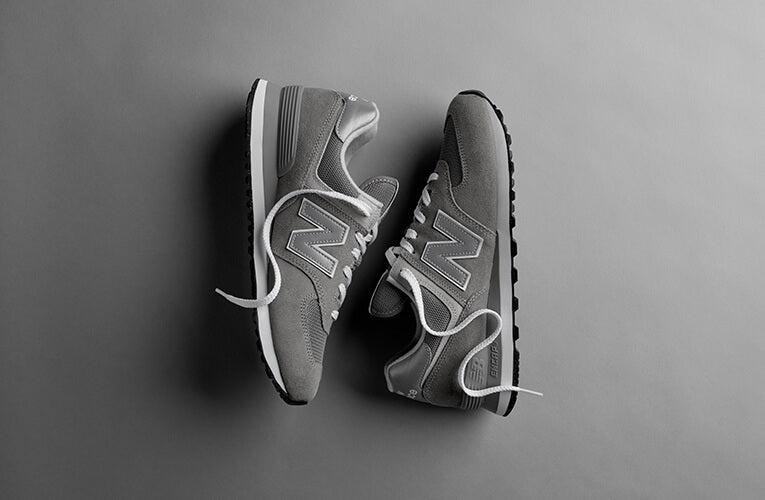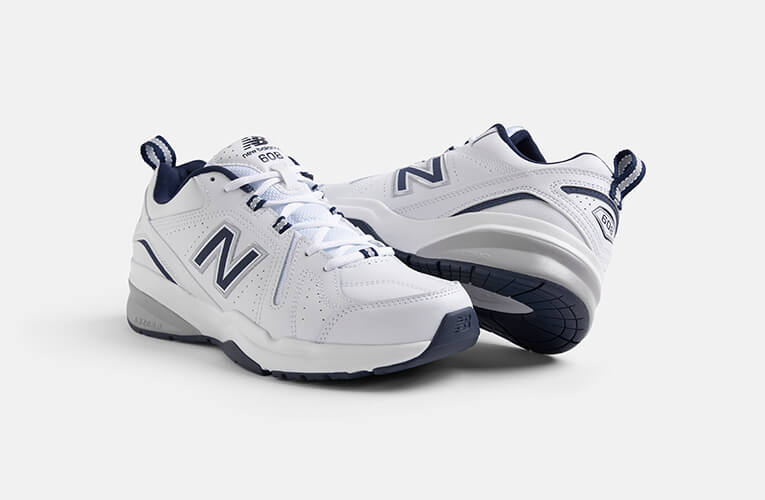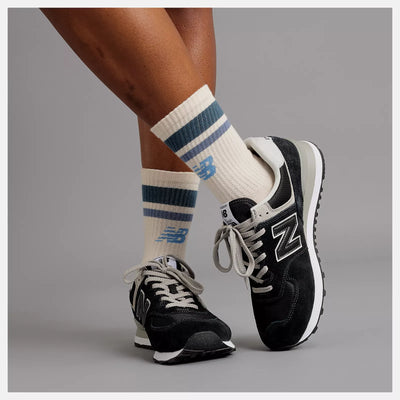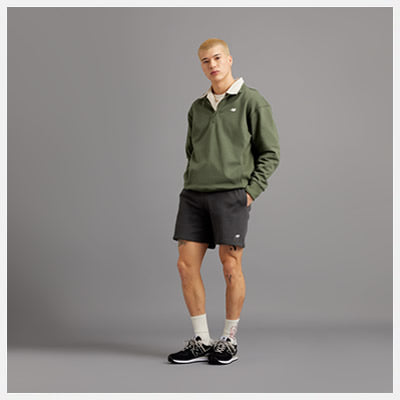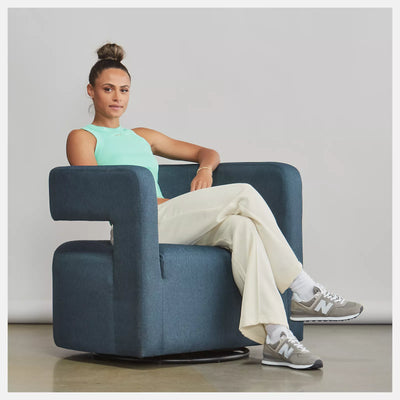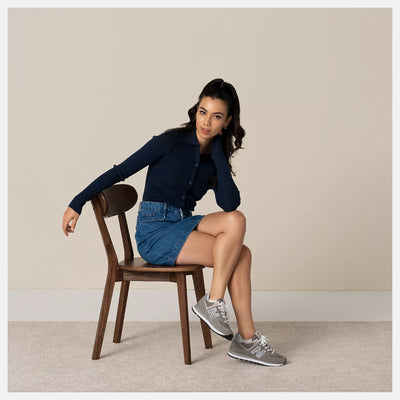Do you suffer from excruciating heel pain? We have a solution…
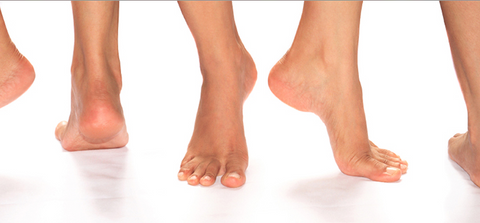
Does this sound familiar to you? You wake up every morning with a dull, aching sensation in your heels? Or your feet are in agony after even just 10-15 minutes of walking and even worse if you’ve been out and about all day. You’ve probably got plantar fasciitis, which is an inflammation of the ligament that connects your heel to the front of your foot. It supports the arch of the foot helping you to walk.
There are many reasons people could suffer from this painful condition including weight gain, especially during pregnancy, long distance running, arthritis, a sudden increase in activity and ill-fitting shoes that do not support the arch, causing them to “fall” among other things.
What’s most important is the treatment… For many, plantar fasciitis subsides on its own over time. For others however, it is a very painful condition that affects daily life. In addition to stretching exercises and painkillers, the right shoes can have a dramatic impact on managing plantar fasciitis. In fact, studies have shown that 14 percent of people with plantar fasciitis get better simply by changing their shoes. The right pair of shoes should keep your foot in the right alignment when you walk to avoid putting pressure on the ligaments and muscles in the heel area.
Tips on the best shoes for plantar fasciitis
- Shoes that support the arch; usually those with a broader fit have better support functions.
- Shoes that allow for orthotics; often plantar fasciitis sufferers are advised to wear orthotics.
- Their shoes therefore need to be deep enough so that the orthotics don’t slip out.
- Shoes with cushioned heel support to act as shock absorbers and relieve pressure off the heels.
- Avoid flip-flops and worn out shoes that do not have adequate cushioning.
- Avoid walking barefoot; it puts too much pressure on the heel.
- Get shoes that have a slight heel to transfer the pressure towards the front of the foot.
- Shoes must be made of lightweight, breathable material to avoid build-up of moisture.
- Wider shoes in the toe area allow for the rear and middle parts of the foot to roll over the forefoot but sturdy and inflexible enough to prevent a lot of great toe extension. This protects the plantar fascia.
So where can you get shoes that help to minimise the pain from plantar fasciitis?
At Wide Fit Shoes, our shoes are specifically designed, as our name suggests, with a broader fit to support a range of foot problems including plantar fasciitis.
Some of the features of our shoes include:
- Lightweight soles with air bubble technology for extra cushioning.
- Removable insoles to allow for orthotic insertions.
- Soft padded ankle collars.
- Wide opening for easy foot access; no need to tug and pull your shoes on.
- Deep toe box that provided extra room with no internal seams.
We have helped hundreds of people suffering from plantar fasciitis just by giving them the right kind of shoes. If you are a sufferer, please do contact us to find out how we can help.


